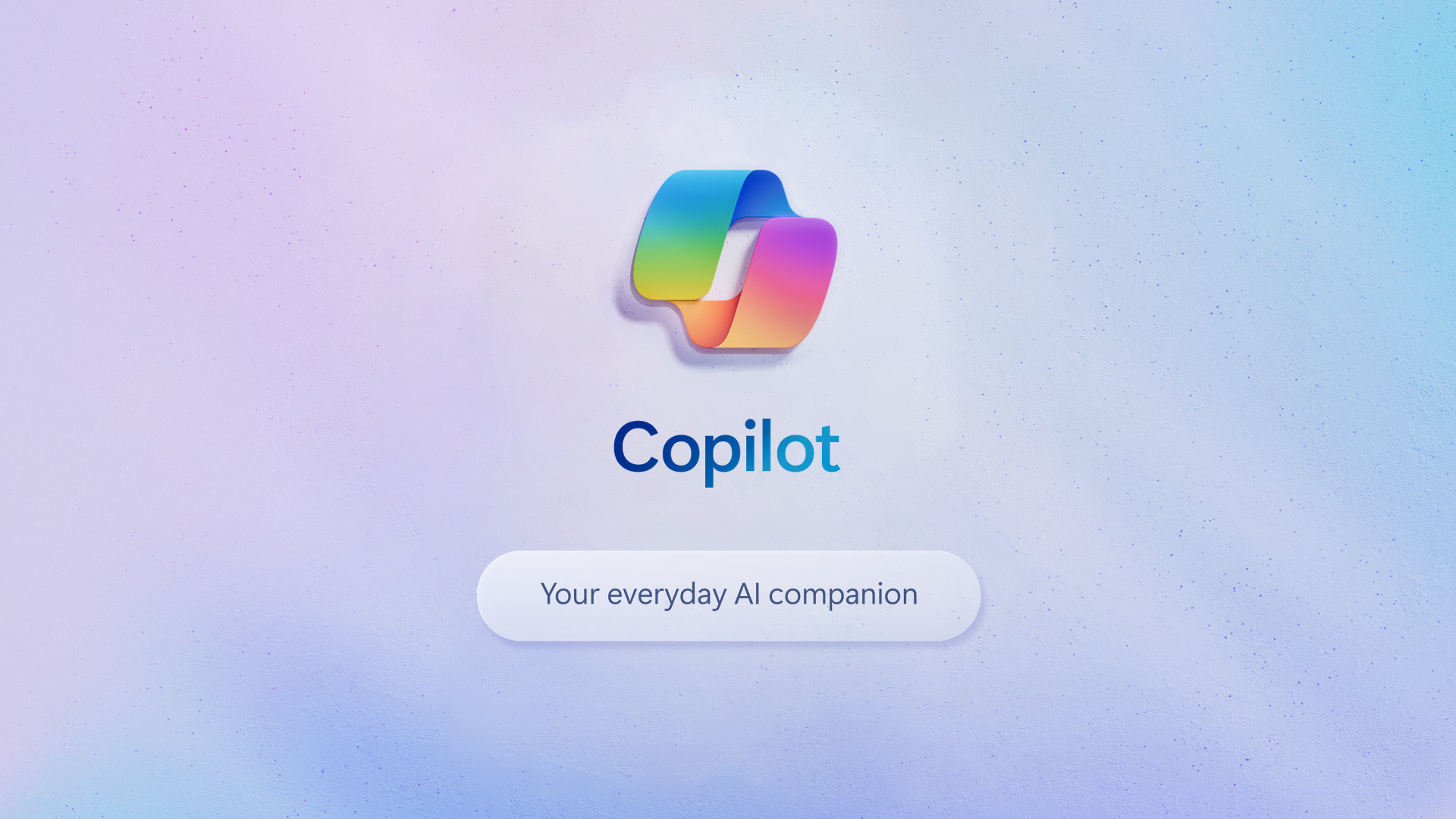Remote work has increased incrementally over the last ten years, however, in 2020, so many organisations were forced into working from home, or remotely, almost overnight. If you can optimise your remote workforce to accommodate this new way of working, your team will have a huge advantage over the competition.
To optimise your workforce for remote working, your company needs to ensure everyone has the equipment they need, improve communications systems, and implement effective cloud services.







